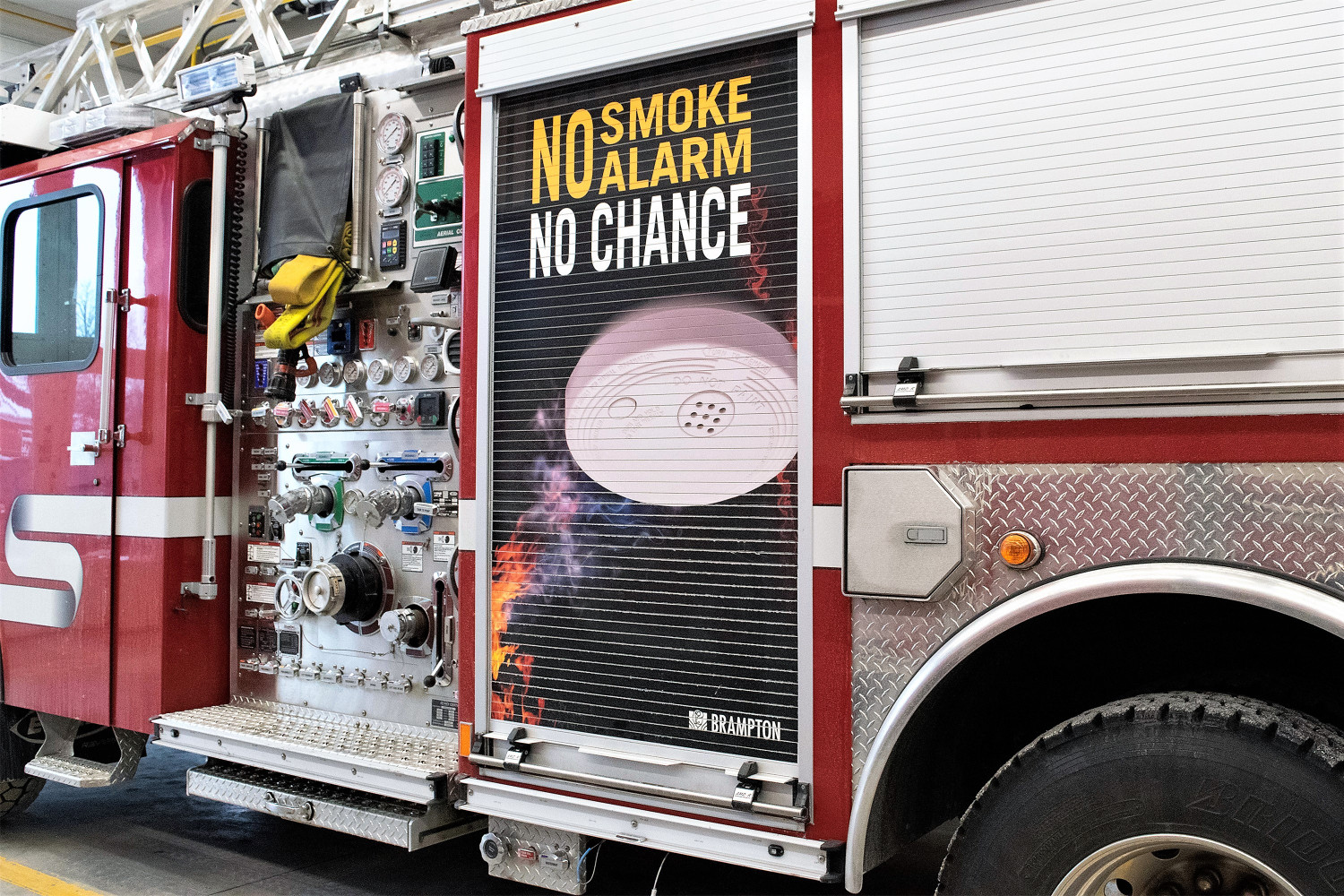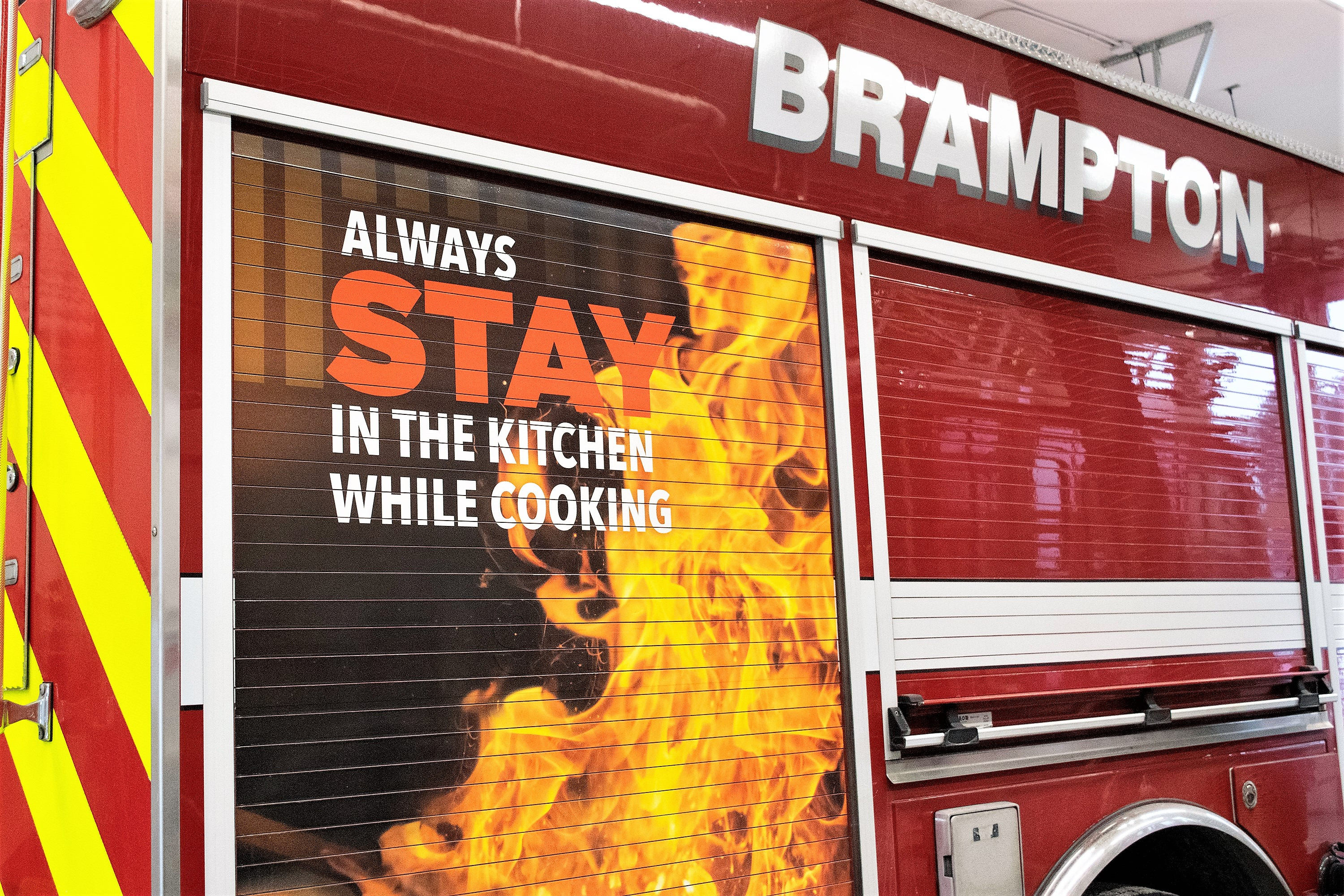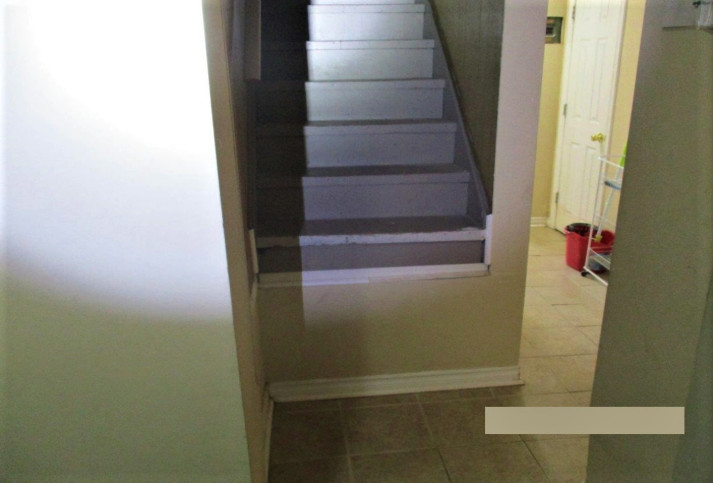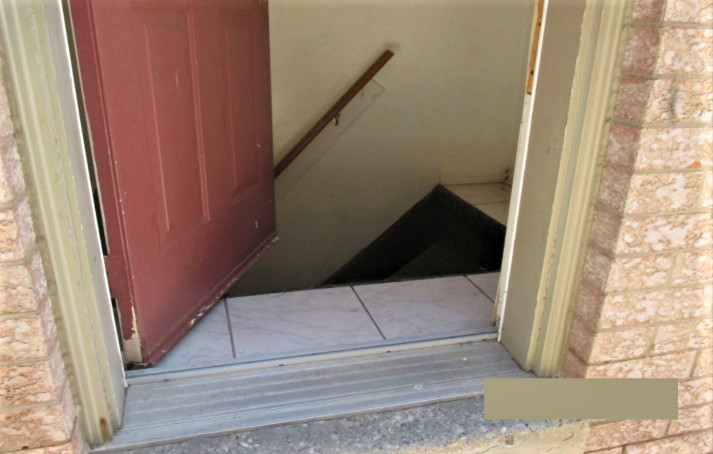
After tragic year, Brampton Fire plans to expand; rapid growth, illegal basements still a problem
A key focus for Brampton Fire and Emergency Services this year will be mitigating risk through education and engagement in a quickly growing community, after a grim year in which 10 community members lost their lives — some could have been saved had functional smoke detectors been present.
During his budget presentation in late February, Fire Chief Bill Boyes told Council that 2023 will have a “sustained focus this year on fire prevention related activities.”
“2022 was a tragic year in the City of Brampton for fire deaths where we lost 10 residents, so we’re really going to be increasing our focus on that to try to reduce the likelihood of any other fire deaths in the city,” Boyes told councillors. “We also need to maintain our trucks, our equipment, our apparatus while striving to meet the new training and certification legislation that is put out by the province without any additional funding from the municipality.”
Five of the fire-related deaths in 2022 happened in March, in an incident in which surviving family members said there were no working smoke detectors in the home, which was under renovations when the tragedy struck.

Public service ads are featured on the sides of Brampton fire trucks.
(Alexis Wright/The Pointer)
According to Boyes, four new staff will be added this year for a proactive residential and commercial inspection program with the goal to have more residents follow fire codes, such as ensuring working smoke detectors are installed.
“We really think this is a start to making the difference to say those lives in the community so we don’t have another year of 10 fire deaths,” Boyes said.
The Brampton fire department currently operates 13 stations (14 by the end of 2023) strategically located across the city, as well as the Joint Fire Communications Centre, an Apparatus and Maintenance facility, the Fire Life Safety & Education Centre and the newly built Emergency Operations Centre.
Over the past three years there have been only two new net staff hires. This year, the department may finally see the beginning of the boost it needs.
The City is planning to hire two new 911 communications operators, 24 new firefighters to support current service levels and two new training staff to assist in meeting new provincial legislation enacted last July.
The 24 new firefighters will be assigned to regular duties, responding to emergencies at stations ahead of the completion of Station 215, where they will be moved as part of its new team. The recruitment process has already begun and is anticipated to finish later this year. The new recruits are expected to complete their training program in early 2024.
Station 215 is currently in the design phase, with a build anticipated in 2024 and completion in 2025, coinciding with the expansion of Goreway Drive (where the station will be located) to widen the road to four lanes, which is expected to ease traffic for crews when responding to emergencies.
The City is relying on reserve funding to help pay for the new station, which will add coverage to northeast Brampton, which has experienced rapid growth over the past decade. The 9,500-square-foot space at 10539 Goreway Drive is planned to include two vehicle bays.
(City of Brampton)
There is no money for the badly needed station in the 2023 budget, with $7 million planned for 2024 from development charge reserve accounts.
Another new station, number 216, will provisionally receive $1.1 million in 2024, with another $7.4 million the following year in 2025 for its construction.
Station 216 is being planned for the Mississauga Road and Williams Parkway area, to address the lack of effective coverage in northwest Brampton — a problem the City also hopes to further alleviate in the booming quadrant with Station 217 in 2032.
In 2022, Brampton Fire and Emergency Services had an operating budget of $85.2 million from taxpayers. For 2023, it is receiving just over $90 million and an additional $1.8 million from various user fees.
Labour costs account for 93 percent of the operating expenses, with the department paying 550 staff across eight divisions. Some of the biggest cost drivers Boyce shared with Council were inflationary impacts, the 2019-2023 collective agreement, maintaining service levels, sustained focus on prevention and education-related activities, rising fuel costs, maintaining training and certification, as well as ongoing upkeep of equipment.
According to the Brampton Fire and Emergency Services Master Plan, Approximately $3.5 million of capital funding is required over the next ten years to keep the city’s fire stations in a state of good repair.
“Doing so will ensure fire apparatus and equipment are stored indoors to avoid potential damage from inclement weather,” read the Master Plan. “Alerting systems will remain operational, so fire crews can receive dispatches in a timely manner, and bay doors continue to function properly to avoid any delays in response.”
(City of Brampton)
Under the National Fire Protection Association standards, known in the business as NFPA 1710 guidelines, fire departments are meant to have a complete response to a call, including fire suppression, medical, and special operations — within 384 seconds, 90 percent of the time. The first-due engine is expected in 240 seconds (4 minutes) 90 percent of the time.
According to the Master Plan, the 240-second travel time target is currently not achievable for all areas of Brampton based on the infrastructure currently in place. The lack of spending to support the growth approved by the same councillors responsible for keeping residents safe, is catching up to the City.
In 2018, the number of Brampton residents served by each of the city’s fire stations was double the figure in other Ontario cities. Brampton had one station for every 49,446 residents, compared to: Hamilton, which had one station for every 22,022 residents; Oakville 26,375; Toronto 35,615; and Mississauga 38,750.
The proposed new station locations were evaluated in an attempt to improve the 240-second travel time coverage with consideration given to where new development and population growth is projected.
By 2032, “...the new stations being proposed will dramatically improve the effective response force in highlighted gaps once the new stations are in service. For example, the lack of effective response coverage in north-west Brampton will be eliminated once Station 216 and 217 are in service,” according to the Master Plan.
An issue that has plagued Brampton for years is the number of illegal secondary units, which pose numerous risks to fire safety. It has been estimated that as many as 50,000 of these “basement suites” have been maintained in the city in recent years, but enforcement efforts and moves to make the registration process less expensive and onerous have increased the number of units that have been legally registered in recent years. As of March 17, the City had 16,469 legally registered two-unit addresses on its list, suggesting that tens of thousands of unregistered secondary suites still exist.
The Brampton fire department’s “Community Risk Assessment” in its Master Plan lists the top concerns. The two highest risks at the top of the list are: “unregistered multi-unit dwellings; illegal boarding/lodging/rooming houses.”
These illegal units inside homes, commonly in basements, often pose severe risks to tenants who live without proper ventilation, no smoke or carbon monoxide detectors, in dangerous spaces built with flammable materials. The layouts often prevent a safe exit in the event of a fire and, when emergency crews do arrive, they often have no idea how many tenants reside inside.


An illegal basement apartment in Brampton, with the steps on the wrong side and a dangerous drop at the bottom.
(City of Brampton)
To mitigate the risk posed by these units the department has made plans to, “Increase public education efforts by firefighting staff; Continue to allocate resources to the second-unit task force and make more progress on the mandate of the task force. Illegal boarding/lodging/rooming houses—continue to allocate resources to the student housing task force and progress its mandate; Leverage partnerships with post-secondary institutions to help spread fire/life safety information to students.”
Former councillor Jeff Bowman prioritized fire safety and drew attention to the problem of illegal secondary suites, which he said accounted for about 80 percent of basement fires over a recent two-year period.
The fire Master Plan states that, “Due to its suburban nature, 45% of Brampton’s fires with loss occur within residential occupancies. This includes residential units located within multi-unit buildings such as high-rise buildings and secondary units in a house, which pose additional risks due to egress and firefighting accessibility challenges.”
Brampton Fire initiatives such as the Hot Zone Program, to identify areas of the city where more fires take place, and it has worked with the City of Brampton which created a Second-Unit Task Force that targets illegal suites which pose a serious risk to fire safety. “The Hot Zone Program focuses education and community engagement efforts over a five-year period to reduce the number of fires in three areas of concern within city limits: Armbro Heights, in the south end, Brampton West, located in the central-west region of Brampton, and the City Centre, in the area of the Bramalea City Centre mall,” the Master Plan details. “This initiative was developed using data-driven strategies to improve the department’s understanding of fire occurrences and to inform education programs to mitigate fire risk behaviour.
“The City established the Second-unit Task Force in 2018 in partnership with Enforcement, By-Law Services, Legal and [Brampton Fire]. The Task Force responds to the increased illegal second-unit activity by using advanced and innovative investigative strategies to combat the proliferation of illegal units in housing within the city. In Brampton, a basement apartment or other second unit must be registered with the City to meet the requirements of the Ontario Building Code or Fire Code, Electrical Safety Authority and local Zoning By-law.”
Cracking down on illegal suites through inspections and enforcement has been one approach, while educating all residents about the risks posed by poor fire safety has also been a focus.
Deputy Chief Kim Kane advises all households to be vigilant.
“Working smoke alarms and carbon monoxide alarms save lives. It is the law in Ontario for all homes to have a working smoke alarm on every storey of a property and outside all sleeping areas.”
Email: [email protected]
Twitter: @JessicaRDurling
COVID-19 is impacting all Canadians. At a time when vital public information is needed by everyone, The Pointer has taken down our paywall on all stories relating to the pandemic and those of public interest to ensure every resident of Brampton, Mississauga and Niagara has access to the facts. For those who are able, we encourage you to consider a subscription. This will help us report on important public interest issues the community needs to know about now more than ever. You can register for a 30-day free trial HERE. Thereafter, The Pointer will charge $10 a month and you can cancel any time right on the website. Thank you
Submit a correction about this story


